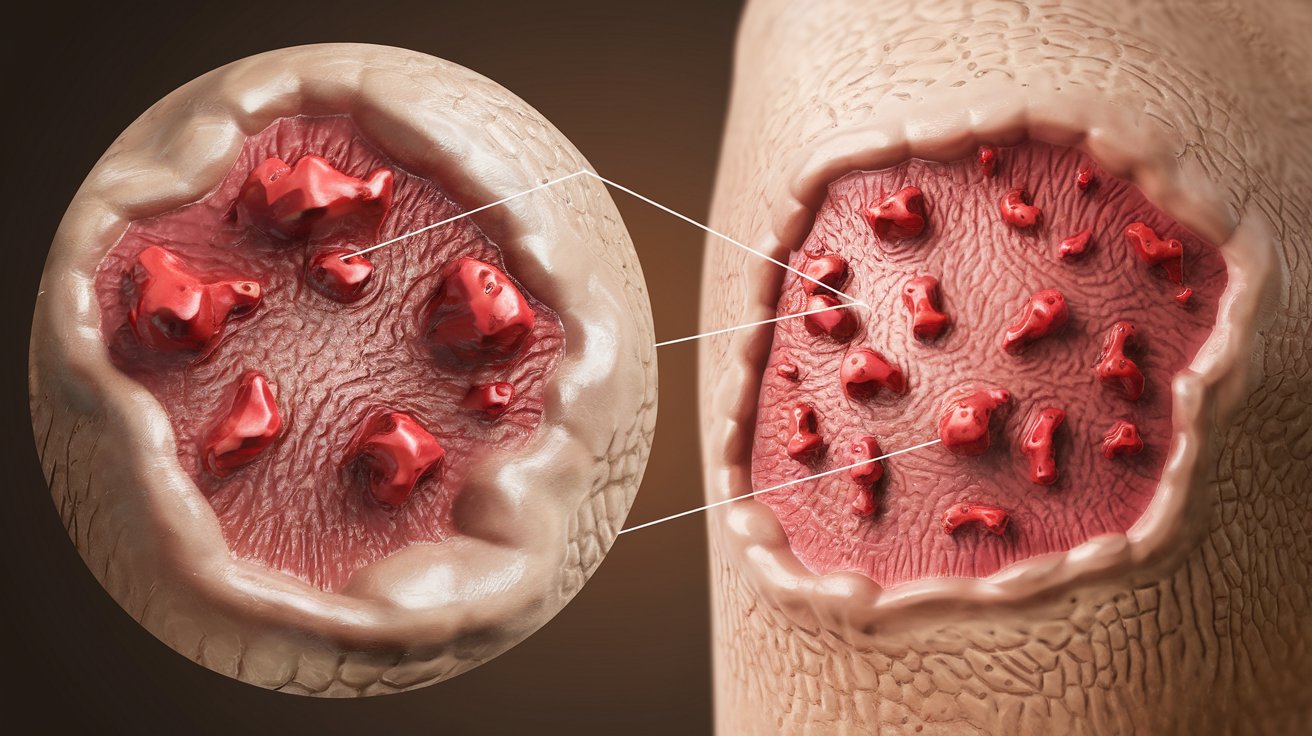
Weismann-Netter-Stuhl Syndrome might sound like a mouthful, but it's a rare genetic disorder that affects bone development. Ever wondered why some people have bowed legs or short stature? This syndrome could be the reason. Named after the doctors who first described it, this condition primarily impacts the tibia and fibula, the bones in your lower legs. Symptoms often appear in childhood, leading to noticeable physical differences. While it’s rare, understanding it can help in early diagnosis and treatment. Curious about the causes, symptoms, and treatments? Let’s dive into 30 intriguing facts about this unique condition.
Key Takeaways:
- Weismann-Netter-Stuhl Syndrome is a rare genetic disorder causing bowing of the legs and short stature. Early diagnosis and support can help individuals manage symptoms and lead fulfilling lives.
- Medical imaging and genetic testing are crucial for diagnosing Weismann-Netter-Stuhl Syndrome. Treatments like physical therapy and surgery can help manage symptoms and improve quality of life.
What is Weismann-Netter-Stuhl Syndrome?
Weismann-Netter-Stuhl Syndrome (WNSS) is a rare genetic disorder affecting bone development. It primarily impacts the tibia and fibula, leading to distinctive physical characteristics. Here are some intriguing facts about this condition.
-
Rare Occurrence: WNSS is extremely rare, with fewer than 100 cases reported worldwide.
-
Genetic Basis: This syndrome is believed to be inherited in an autosomal dominant manner, meaning one copy of the altered gene can cause the disorder.
-
Bone Deformities: The most notable feature is the bowing of the tibia and fibula, which gives the legs a characteristic "saber shin" appearance.
-
Short Stature: Individuals with WNSS often have shorter-than-average height due to the bone abnormalities.
-
Delayed Diagnosis: Because of its rarity, WNSS is often misdiagnosed or diagnosed later in life.
Symptoms and Physical Characteristics
Understanding the symptoms and physical traits of WNSS can help in early identification and management.
-
Leg Pain: Many individuals experience chronic leg pain due to the abnormal bone structure.
-
Gait Abnormalities: Walking can be affected, leading to a distinctive gait or limp.
-
Muscle Weakness: Muscle strength in the lower limbs may be reduced, impacting mobility.
-
X-ray Findings: X-rays reveal thickened, curved bones, particularly in the lower legs.
-
Normal Intelligence: Cognitive development is typically unaffected, with individuals having normal intelligence.
Diagnosis and Medical Imaging
Accurate diagnosis is crucial for managing WNSS effectively. Medical imaging plays a significant role.
-
Radiographic Features: X-rays show anterior bowing of the tibia and fibula, a hallmark of WNSS.
-
Bone Density: Increased bone density in the affected areas is often observed.
-
Differential Diagnosis: WNSS must be distinguished from other conditions like rickets or Blount's disease.
-
Genetic Testing: Genetic tests can confirm the presence of mutations associated with WNSS.
-
Family History: A detailed family history can provide clues, as the condition is hereditary.
Treatment and Management
While there is no cure for WNSS, various treatments can help manage symptoms and improve quality of life.
-
Physical Therapy: Regular physical therapy can strengthen muscles and improve mobility.
-
Pain Management: Medications and other interventions can help manage chronic pain.
-
Orthopedic Surgery: In severe cases, surgery may be needed to correct bone deformities.
-
Assistive Devices: Braces or orthotics can support the legs and improve walking.
-
Regular Monitoring: Ongoing medical check-ups are essential to monitor bone health and development.
Living with Weismann-Netter-Stuhl Syndrome
Living with WNSS presents unique challenges, but with proper support, individuals can lead fulfilling lives.
-
Support Groups: Connecting with others who have WNSS can provide emotional support and practical advice.
-
Educational Accommodations: Schools may need to provide accommodations to support physical needs.
-
Adaptive Sports: Engaging in adaptive sports can promote physical fitness and social interaction.
-
Mental Health: Psychological support can help individuals cope with the emotional aspects of living with a chronic condition.
-
Nutrition: A balanced diet rich in calcium and vitamin D supports bone health.
Research and Future Directions
Ongoing research aims to better understand WNSS and develop new treatments.
-
Genetic Research: Studies are exploring the specific genetic mutations involved in WNSS.
-
Bone Growth Studies: Research into bone growth and development may lead to new therapies.
-
Clinical Trials: Participation in clinical trials can provide access to cutting-edge treatments.
-
Patient Registries: Registries help track cases and gather data to improve understanding of WNSS.
-
Awareness Campaigns: Raising awareness about WNSS can lead to earlier diagnosis and better support for affected individuals.
Final Thoughts on Weismann-Netter-Stuhl Syndrome
Weismann-Netter-Stuhl Syndrome, though rare, offers a fascinating glimpse into the complexities of genetic disorders. This condition, characterized by bowed legs and other skeletal abnormalities, often goes undiagnosed due to its rarity. Early detection and proper management can significantly improve the quality of life for those affected. Understanding the genetic basis helps in providing better care and possibly future treatments.
If you or someone you know shows symptoms, consulting a healthcare professional is crucial. Awareness and education about such rare conditions can lead to earlier diagnosis and better outcomes. Keep in mind, medical advancements continue to evolve, offering hope for those living with Weismann-Netter-Stuhl Syndrome. Stay informed, stay proactive, and always seek expert advice when dealing with health concerns.
Frequently Asked Questions
Was this page helpful?
Our commitment to delivering trustworthy and engaging content is at the heart of what we do. Each fact on our site is contributed by real users like you, bringing a wealth of diverse insights and information. To ensure the highest standards of accuracy and reliability, our dedicated editors meticulously review each submission. This process guarantees that the facts we share are not only fascinating but also credible. Trust in our commitment to quality and authenticity as you explore and learn with us.
